Stephen Hopkins to give AIA Trends in Healthcare lecture
Our president Stephen Hopkins will soon be co-presenting an AIA Trends in Healthcare lecture on the future role of mass-customization in healthcare design and construction. Using the The Cambridge Tower as a case study of mass-customization implementation, Stephen and his co-presenters will discuss how this new technique works in practice.
We interviewed Stephen on his source of inspiration for the lecture and how the topic relates to his work at Shield. Here’s our Q&A with Stephen Hopkins:
1) Where did you get the inspiration for the topic of this AIA Trends in Healthcare lecture?
A lot of the inspiration for this topic comes from our work at Shield. We are constantly thinking about how we can use our capabilities to help our clients. Our work with UCSD in manufacturing the headwalls is a great example of mass-customization in action. We listened to the client, observed common problems in healthcare and manufactured hundreds of custom-built headwalls for the Jacobs Medical Center. The headwalls we created can’t be bought off the shelf. They’re signature to our company and to the client’s needs.
Inspiration for this topic also comes from reading a lot and trying to connect with other intelligent people. None of these ideas are really our own. We’ve taken them from topics we’ve read and talked about and adapted them to our potential.
2) Why do you think it’s important to educate others on mass-customization, especially as it relates to healthcare?
I think designers and architects as a whole are still in the infancy of mass-customization, and I think Shield’s role in this technique is as much an experimenter as anything else. We, at Shield, are the guys making the mistakes so that we, designers and architects collectively, can get there faster. Because mass-customization is still young, it’s a prime time to educate others on this technique.
Another thing I’ve noticed is that the way you talk about mass-customization may be just as important as how you actually put it into practice. Think about it this way: Study after study shows that, in a purchasing situation, more choices lead to more indecision, and this results in waning confidence and, ultimately, paralysis on behalf of the buyer. Even though mass-customization makes so much more possible, it may not be what the market actually wants, at least not right now. Because of the world we live in, designers may be better suited to parsing through choices, but it’s still a challenge, so educating others not only on mass-customization techniques but also on how to talk about it is really important.
3) How have you applied mass-customization to healthcare in your time as an architect?
Prefabricated wall systems were just coming into their own on my way out. The systems had minimal options, and they probably better fit in the category of prefabrication as opposed to mass-customization, but they have come a long way and offer a lot of possibility for how we produce in the future. We think about those systems now and laugh, but those clunky starts of products are the reason we are where we are now.
In my time at Shield, my team and I have had the opportunity to apply mass-customization to our work on the UCSD Jacobs Medical Center. As I’ve already mentioned, the hundreds of headwalls that we manufactured are a great example of mass-customization in action. We continually use such techniques in our production process.
4) How do you see mass-customization changing healthcare design and manufacturing in the future?
5) How do you hope this lecture influences attendees? What is the end goal?
The end goal is to challenge people’s existing notions on how products or even buildings are built. By showing them what is possible—showing them what others are doing in this particular space and setting with this new technology—they can hopefully be inspired to apply mass-customization techniques to their work, whether that be in the healthcare sector or another industry.
The American Institute of Architects will sponsor three Nooniversity lectures on July 16, August 20 and August 27. Together with Andrew Petersen of JE Dunn and Matthew Kron of Cannon Design, Stephen Hopkins will present the Healthcare Mass-Customization Opportunities and Challenges lecture, part of the AIA Trends in Healthcare lecture series. It will take place on August 20 from 12:00 to 1:00 pm at the Center for Architecture and Design, 1801 McGee St, Ste 100, Kansas City, MO. The event is free to attend, and lunch will be provided. All are welcome and encouraged to attend.





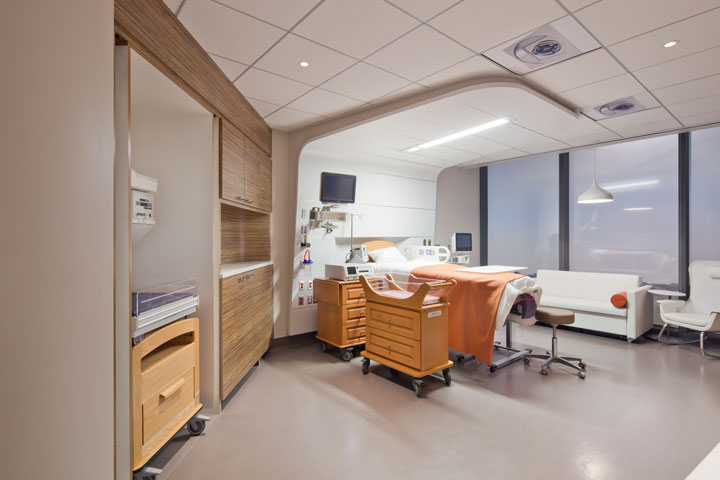
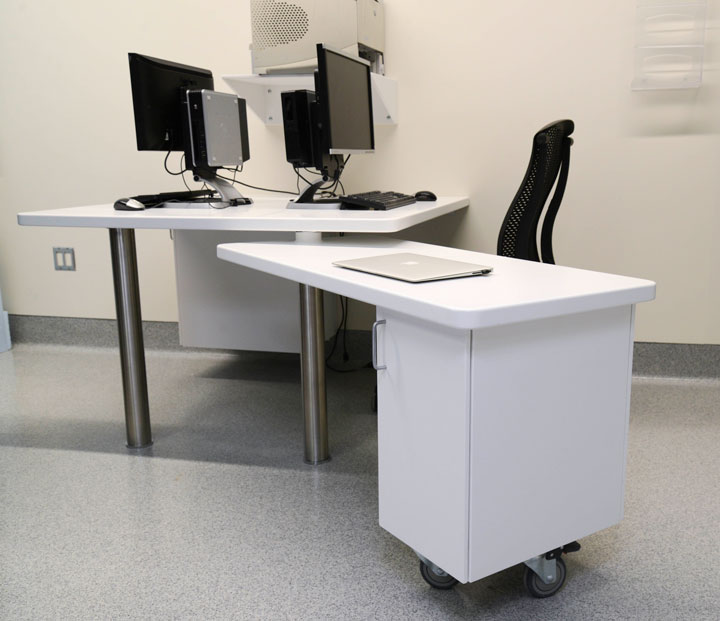
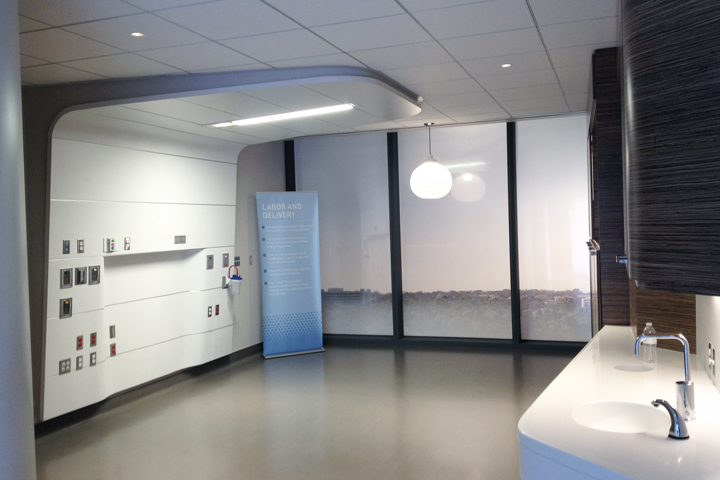
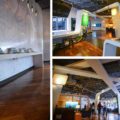
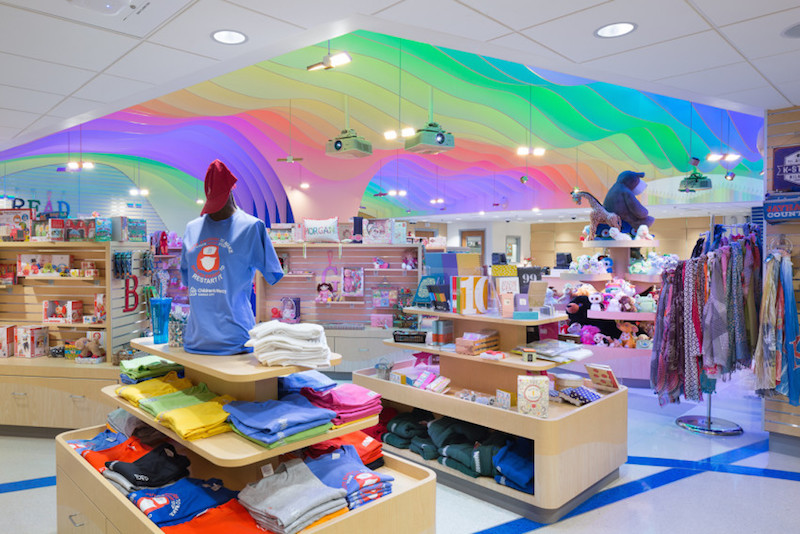
Sorry, the comment form is closed at this time.